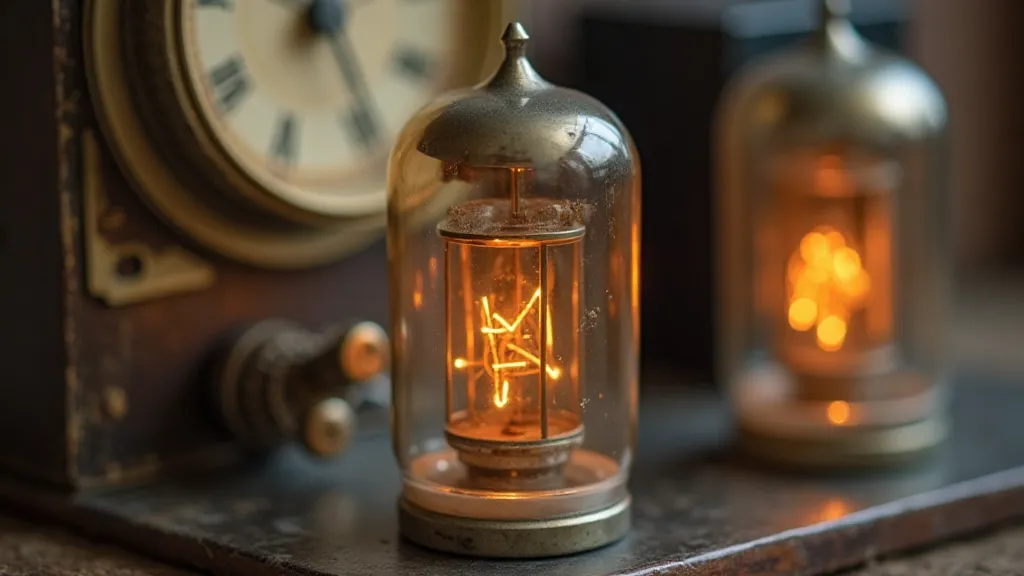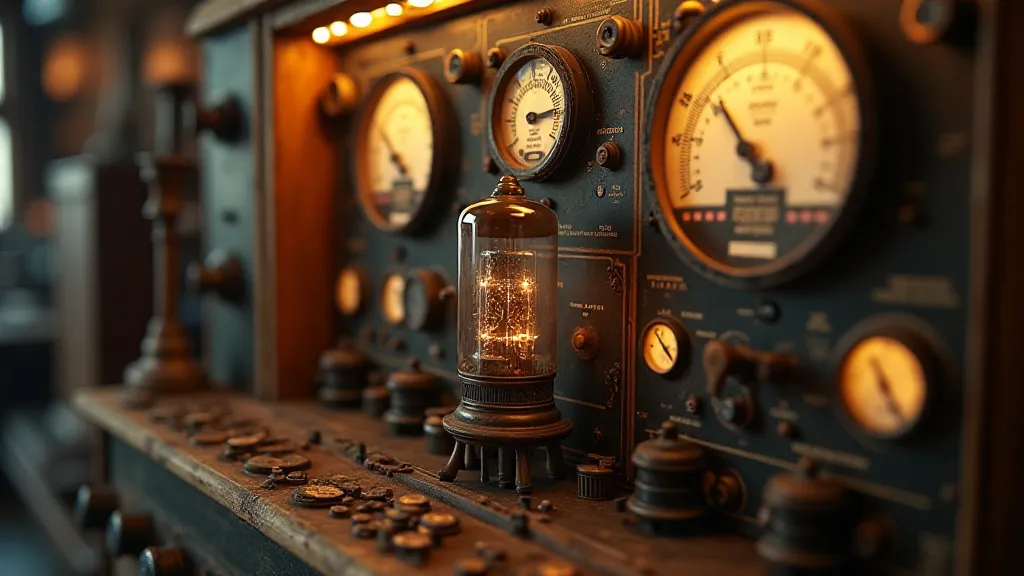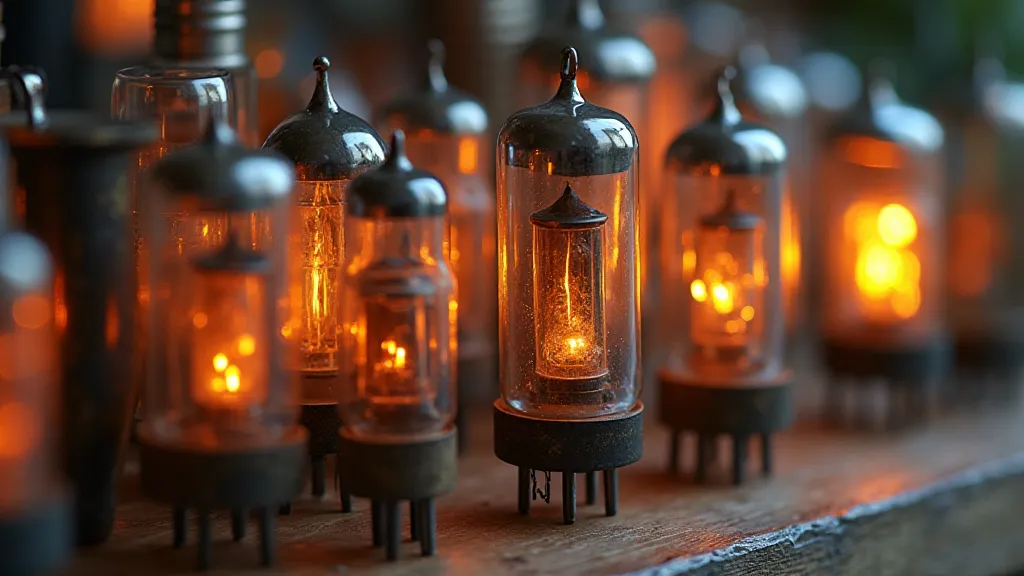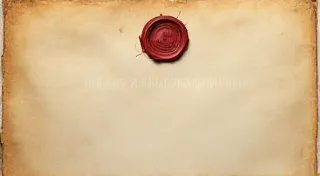A Galaxy Within Glass: Mapping the Microcosm of Antique Radio Tubes
There’s a certain magic that emanates from an antique radio. It's not just the elegant cabinet, the warm glow of the dial lights, or the satisfying click of tuning through the bands. It's the quiet hum of a technology born from ingenuity and perseverance, a technology embodied in the often-overlooked vacuum tube. These weren’t just components; they were miniature universes, carefully crafted marvels that brought music and voices into homes across generations. To truly appreciate a vintage radio, one must understand and, ideally, test the tubes that give it life.
My introduction to this world began not with a radio itself, but with my grandfather. He was a quiet man, a tinkerer by nature, and his basement was a sanctuary of discarded electronics and half-finished projects. I remember being fascinated by the array of glass bulbs, glowing faintly under the single bare bulb hanging from the ceiling. He called them "tubes," and explained, with the patience of a saint, how they amplified signals, how they served as switches, how they *worked*. He didn’t dwell on the physics, not really. He spoke of the craftsmanship, the precision required to manufacture these intricate devices. He showed me a tube, a 6SN7 double triode, and simply said, “Look at that. A whole world in glass.” That image has stayed with me ever since.
The Dawn of Amplification: A Brief History
The story of the vacuum tube begins, of course, with J.J. Thomas and his experiments with cathode rays in 1897. But it was Lee De Forest who, in 1906, patented the Audion – the first true electronic amplifier. His invention was initially met with skepticism, but the potential for long-distance radio communication quickly became apparent. Suddenly, voices could travel thousands of miles, music could fill ballrooms, and news could reach remote communities. The vacuum tube was the key to this revolution.
The early 20th century saw a rapid proliferation of tube designs, each tailored to specific functions. There were triodes, tetrodes, pentodes – each a refinement of the original concept. Manufacturers like RCA, Sylvania, and GE engaged in a subtle but fierce competition, constantly striving to improve performance and reliability. This era marked not only a technological leap but also a golden age of industrial design. Vacuum tubes weren't hidden away; they were often displayed proudly, encased in beautiful and ornate bases. The aesthetics were as important as the functionality.

Deciphering the Universe: Tube Identification
Identifying antique radio tubes can be a surprisingly rewarding pursuit. While some are clearly marked with their type number (e.g., 6L6, 12AX7), others require a bit more detective work. The markings can be faded, obscured by dust, or even deliberately altered. A keen eye and a good reference guide are essential.
The markings themselves provide a wealth of information. The manufacturer's logo, the date code, the grading – each tells a story about the tube's origin and quality. For example, a tube marked "RCA Victor" indicates it was manufactured by RCA and likely intended for high-end equipment. A date code, often a combination of letters and numbers, can pinpoint the month and year of production. Knowing the manufacture date is surprisingly useful; early tubes, for instance, may have different specifications, and certain manufacturers had a reputation for better-than-average quality during certain periods.
The physical appearance can also provide clues. The glass envelope might be a particular color or shape, the base might have a unique design, and the presence or absence of getter flashes (those silvery deposits inside the tube) can indicate the manufacturing process used.
Testing the Heavens: Assessing Tube Health
A radio is only as good as its tubes. Over time, tubes can weaken, become noisy, or simply fail. Testing them is a crucial part of the restoration process. There are several ways to test antique radio tubes, ranging from simple visual inspection to sophisticated electronic testers.
A visual inspection is the first step. Look for signs of damage, such as cracks in the glass, blackened plates, or burnt-out filaments. A simple Ohm meter can be used to check the filament continuity – ensuring that the filament isn't broken. More advanced tube testers, often referred to as “golden testers” for their often brass or gold-colored casings, measure various parameters, including emission, gm (transconductance), and Ia (leakage current). These testers often have a sliding scale with grading indicators, allowing you to quickly assess the tube’s overall health.

Beyond the Numbers: Appreciating the Craftsmanship
While testing tubes is important, it’s easy to get bogged down in the technical aspects and lose sight of the bigger picture. Each tube is a testament to human ingenuity and craftsmanship. The precision required to manufacture these devices – the careful selection of materials, the meticulous assembly of components, the rigorous testing – is truly remarkable. They were often hand-assembled. Think about the skills of the workers, the pride they took in their craft.
The fact that these tubes, often decades old, can still perform their intended function is a testament to their quality and durability. They represent a time when things were built to last, when aesthetics were valued alongside functionality. They connect us to a bygone era, a time of innovation and optimism.
Preserving a Legacy
Restoring an antique radio is more than just fixing a piece of equipment. It’s preserving a piece of history. It’s connecting with the past and appreciating the ingenuity of those who came before us. And at the heart of that experience lies the humble vacuum tube – a galaxy within glass, a microcosm of innovation and craftsmanship. Taking the time to understand these devices, to test them, to appreciate their beauty, is a small act of preservation, a way of keeping the music of the past alive for generations to come.
My grandfather is gone now, but I still have his tube tester, and a small collection of vacuum tubes. When I hold them, I remember his quiet wisdom, his love for tinkering, and his unwavering belief in the power of human ingenuity. And I hear, faintly, the echoes of a time when the world was just a little bit quieter, a little bit slower, and filled with the warm glow of a vacuum tube.






